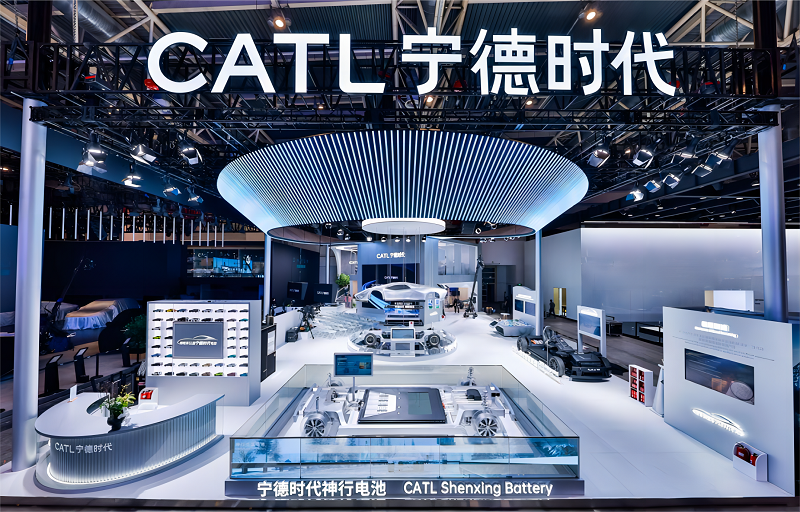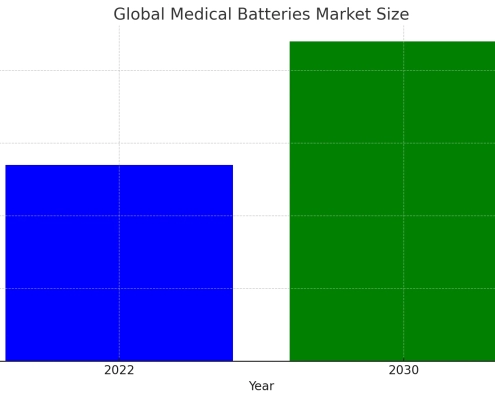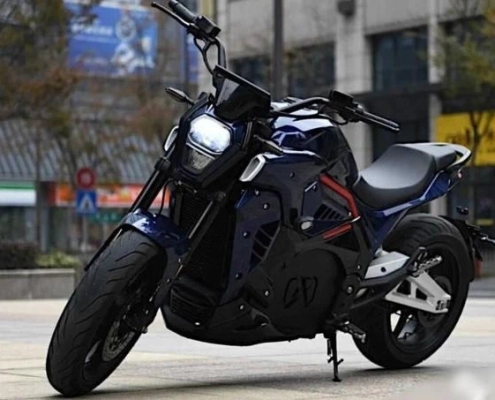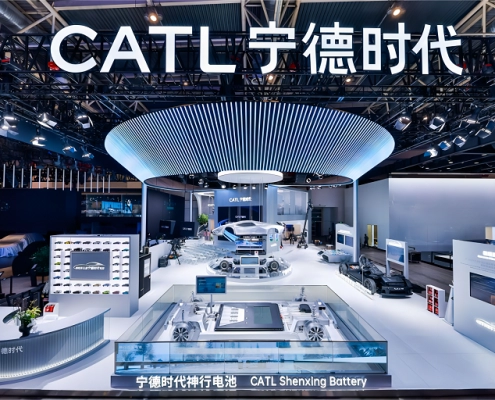CATL and BYD Power Battery Competition
Table of Contents
CATL and BYD are the two main players in China’s power battery market. Their rivalry shapes the industry, with both companies striving for dominance. CATL, the larger of the two, has seen its market share grow despite challenges. Understanding this competition can shed light on the future of the power battery industry.

Revenue Decline, Gross Margin Increase
The competition in China’s new energy vehicle industry is no longer just about the car manufacturers. The real battle is between two giants in the power battery sector: CATL and BYD. These two companies dominate the majority of profits in China’s automotive supply chain.
Recently, CATL released its first-quarter report for 2024. The data shows that from January to March 2024, CATL achieved a revenue of 79.77 billion RMB, a decrease of 10.41% year-on-year. However, the net profit attributable to shareholders was 10.51 billion RMB, a growth of 7% year-on-year. The net profit excluding non-recurring items was 9.25 billion RMB, an increase of 18.6% year-on-year.
Since 2023, the power battery industry has faced a double challenge of price wars and oversupply, putting all segments of the supply chain at risk of significant performance declines. In this context, CATL’s operating performance showed a clear downward trend throughout 2023, especially in the fourth quarter, where both revenue and net profit fell, an uncommon occurrence in the company’s history.
Entering 2024, competition in the power battery industry has further intensified. Data shows that in the first quarter of this year, the average price of LiFePO4 lithium battery cells dropped to 0.38 RMB/Wh, down 52% year-on-year and 13.6% quarter-on-quarter. The average price of ternary lithium battery cells fell to 0.48 RMB/Wh, a year-on-year decrease of 44% and a 4% decline quarter-on-quarter. The price of lithium carbonate, the upstream raw material, dropped to around 100,000 RMB per ton, over 80% lower than two years ago.
As the price war in power batteries escalates, CATL’s revenue continues to face pressure. Data shows that from the second to fourth quarter of 2023, CATL’s revenue hovered around 100 billion RMB per quarter, showing signs of stagnation. In the first quarter of this year, CATL’s revenue fell below 80 billion RMB, a quarter-on-quarter decrease of nearly 30 billion RMB, marking the second consecutive quarter of year-on-year revenue decline.
However, due to a more significant drop in upstream raw material prices, CATL’s operating costs significantly decreased, leading to an increase in gross margin. Data shows that in the first quarter of 2024, CATL’s gross margin was 26.42%, up 5.15 percentage points year-on-year, reaching a ten-quarter high.
Thanks to the increase in gross margin, CATL’s net profit growth in the first quarter exceeded market expectations, with non-recurring net profit growth approaching 20%, far surpassing the year-on-year growth rates of the previous two quarters (4.91% in Q3 and 7.69% in Q4 of 2023).
In addition to better-than-expected net profit growth, CATL’s operating cash flow was also impressive. The financial report shows that in the first quarter of 2024, CATL’s net cash flow from operating activities was 28.358 billion RMB, a year-on-year increase of 35.25%. After the financial report was released, CATL’s stock price rose by 4.15%, increasing its market value by 33.8 billion RMB in one day.
It is worth noting that on the same day CATL released its financial report, international rating agency Moody’s upgraded CATL’s credit rating to A3 with a stable outlook. Moody’s believes that despite the constraints of price competition on revenue growth, CATL’s credit profile will remain strong. Recognizing CATL’s industry position, leading technology, favorable demand outlook, diversified customer base, high entry barriers, and prudent financial policies, Moody’s upgraded CATL’s credit rating with a stable outlook.
CATL’s credit rating upgrade is closely linked to its rising market share. According to the “2023 Global Power Battery Usage Data,” CATL’s power battery usage reached 259.7 GWh in 2023, up 40.8% from 2022, with a market share of 36.8%. This makes CATL the global leader, with a margin of nearly 21 percentage points over the second place.
Data from global information agency SNE Research shows that in January-February 2024, CATL held a 38.4% share of the global power battery market, up 5 percentage points year-on-year, maintaining the top position worldwide. According to the China Power Battery Industry Innovation Alliance, CATL’s domestic market share was 48.9% in January-March 2024, up 4 percentage points year-on-year.
Despite a slight decline in revenue in the first quarter, CATL’s market share for power battery products continued to rise. During the Q1 earnings call, CATL noted that its battery sales increased by over 25% year-on-year. The revenue drop was mainly due to lower raw material costs and corresponding price reductions in batteries, with minimal changes in product structure.
Looking at sales regions, the overseas market has become crucial for CATL’s revenue growth. According to the annual report, in 2023, CATL’s overseas sales revenue reached 130.992 billion RMB, up 70.29% year-on-year, accounting for 32.67% of total revenue, an increase of 9.16 percentage points year-on-year, with a gross margin of 25.19%. In contrast, domestic sales revenue was 269.925 billion RMB, up 7.25% year-on-year, with a gross margin of 21.8%.
Clearly, CATL’s growth rate in overseas markets far outpaces that of the domestic market, and its gross margin is also higher abroad. Therefore, whether CATL can continue to expand its market share overseas will be key to restoring revenue growth and improving profit quality.
The annual report reveals that in 2023, CATL made significant breakthroughs in the European market, securing new contracts with major automakers like BMW, Daimler, Stellantis, and Volkswagen. It also signed a strategic memorandum of understanding with Stellantis to supply LiFePO4 lithium batteries in Europe. In North America, CATL expanded its business through the innovative LRS (License-Royalty-Structure) model, which reduces revenue scale but also lowers capital expenditures and achieves higher gross margins.
Thanks to the delivery of initial orders from overseas customers, CATL’s shipments abroad have continued to rise, increasing its market share. SNE Research data shows that in 2023, CATL’s overseas power battery usage reached 87.8 GWh, a year-on-year increase of 72.5%, significantly outpacing competitors like LG, Samsung SDI, and Panasonic. CATL’s market share was 27.5%, up 4.7 percentage points from the previous year.





